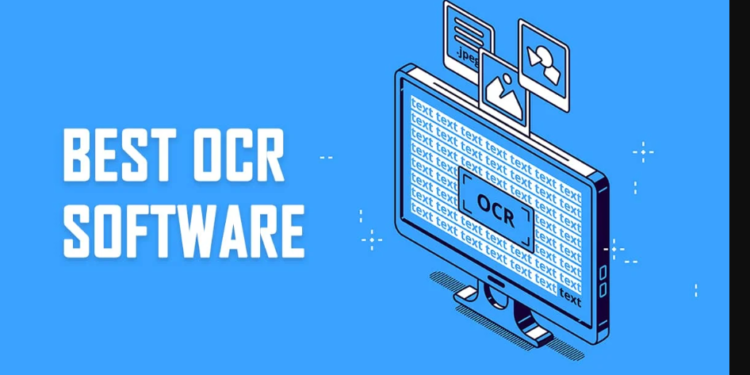Optical Character Recognition (OCR) technology is becoming increasingly popular as a way to quickly and accurately collect data from physical documents. This article will explain the process behind OCR technology and how it works, as well as discuss the advantages of using this type of technology for your business.
Introduction to OCR Technology
OCR software is an important tool that can be used to convert printed text into a digital format. This can be extremely useful for businesses who need to digitize documents or images that contain text. OCR technology can also be used to create searchable PDFs or to extract text from images. In this guide, we will provide an overview of how OCR technology works and how it can be used effectively.
What is Optical Character Recognition (OCR)?
Optical character recognition (OCR) is the process of converting scanned images of text into machine-encoded text. OCR technology is used in a variety of applications, such as converting paper documents into digital files, extracting text from images, and creating electronic searchable databases. OCR technology uses pattern recognition algorithms to identify and extract text from images. These algorithms compare the shapes and patterns of characters in an image to a database of known characters. Once the text has been extracted, it can be edited, searched, or stored like any other digital file. OCR technology has come a long way in recent years, and can now accurately convert even poor quality images into editable text. However, OCR is not perfect, and may have difficulty with certain fonts or languages.
How Does OCR Work?
OCR technology works by converting images of text into a digital format that can be read and edited by a computer. OCR software typically includes an algorithm that recognizes patterns in characters and then translates them into a digital code. This code can be read by a computer and used to convert the image into editable text. There are two main types of OCR technology: optical character recognition (OCR) and intelligent character recognition (ICR). Optical character recognition is the most common type of OCR technology. It uses a scanning device to take an image of the text, which is then converted into digital code. Intelligent character recognition is a more advanced form of OCR technology that can recognize hand-written text as well as printed text. OCR technology has a wide range of applications, including digitizing books, converting scanned documents into editable text, and extracting data from images.
Advantages of Using OCR Technology
There are many advantages of using OCR technology. One advantage is that it can help you save time by automatically extracting text from images. This can be particularly helpful when you have a lot of images to process, such as when you are scanning documents or converting PDFs to editable text files. Another advantage of OCR technology is that it can improve the accuracy of your data entry. When you manually type in information from an image, there is always the potential for errors. OCR can help reduce these errors by accurately converting the image into text. OCR can also be helpful in situations where you need to extract text from a difficult or hard-to-read image. For example, if you have a document with faded text, OCR can often still accurately convert the information into text. Overall, OCR technology can save you time and improve the accuracy of your data entry. It is a useful tool to have in your arsenal when working with images and documents.
Challenges in Implementing OCR Technology
There are a few challenges in implementing OCR technology, but they can be overcome with the right planning and execution. One challenge is that OCR technology is not 100% accurate. This means that some data may be lost or misinterpreted when converting from an image to text. Another challenge is that OCR technology can be slow, so it’s important to have a system in place that can handle the extra processing power required. Finally, OCR technology depends on good quality images, so if the input images are poor quality, the results will also be poor quality.
Examples of Use Cases for OCR
There are many different examples of use cases for OCR technology. For example, OCR can be used to convert physical documents into digital formats that can be edited, searched, and shared more easily. Additionally, OCR can be used to extract text from images for further analysis or to create searchable databases of images. Finally, OCR can be used to recognize handwriting or typed text in order to convert it into digital text that can be stored, processed, and analyzed more easily.
Conclusion
We hope this article has provided you with a better understanding of how OCR technology works and the various applications it can be used for. The possibilities are endless when it comes to leveraging the power of OCR, from streamlining paperwork processes to automating important tasks like invoicing. As its capabilities continue to evolve, we look forward to seeing what more it will bring in the future.




